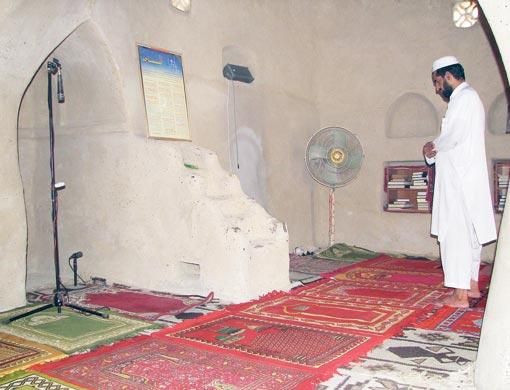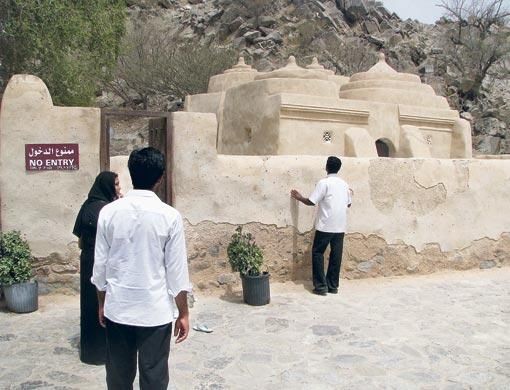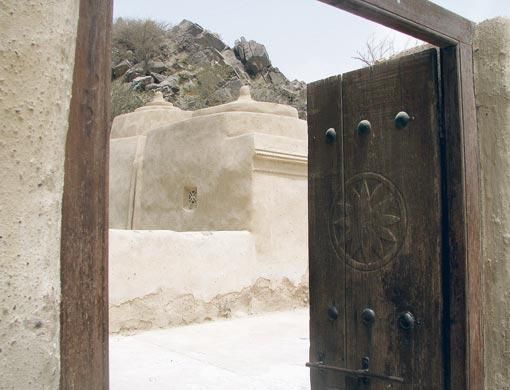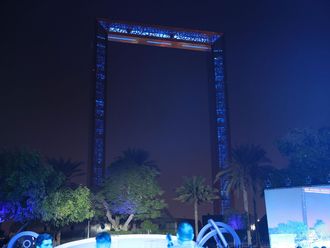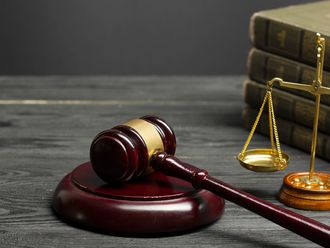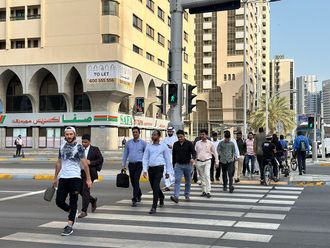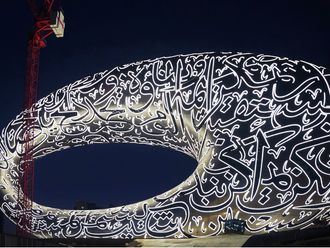Fujairah: Next to a well-trodden tourist route is one of the UAE's most underrated, yet truly inspirational historical sites.
Al Bidya mosque dates from approximately 1446 A.D., an early Othman period, making it the oldest mosque in the country.
It is located on the Fujairah-Dibba road, nearly half way between the popular East Coast tourist spots of Khor Fakkan and Al Aqah.
A rare example in the Gulf, buildings similar in architecture and roughly from the same period also exist in Qatar, Yemen and Oman.
The simple structure was built using stones from the local mountains and mud-bricks. It was then coated in layers of whitewashed plaster.
The mosque has a distinctive structure and roof, which consists of four pointed domes supported by an internal central pillar.
Inside, a number of small decorative windows allow light and air to stream into the mosque. There are also cube-shaped spaces carved into the thick walls where copies of the holy Quran and other books can be stored.
The mosque has a small mehraab (a space where the call to prayer is made) and minbar (a pulpit from which the Friday sermon is delivered).
Renovation
The building was given an extensive and archaeologically sensitive renovation in 2001-2002, in a joint effort by Dubai Municipality and the Fujairah Government's Department of Heritage and Archaeology.
Badriya Mohammad Abdullah is the official tour guide at the historical site, and she said the renovation process has restored the mosque's true origins.
She said: "Through the centuries local people have made several renovations to maintain the mosque's structure, but the recent renovations stripped away all the added material and reconstructed the building using the same original material."
Badriya, originally a sociology graduate, says she fell into the tour guide job by accident but now feels inspired and motivated to learn more about the history of the mosque and the area in general.
She said: "I've just completed a course in which I learnt new things about the renovation process of 2001-2002, including the detailed archaeology survey of the site and what that revealed. I feel there is even more to learn."
Being a Bidya resident helped Badriya secure the job but she feels the site does not get the credit it deserves for its history, even, she says, from local residents.
"When people first heard that I was going to be a tour guide at the mosque they didn't think much of it, and some still are not aware of the site's importance.
"It is something we're trying to do through our contact with local schools, for example," she said.
Judging by some of the entries in the guest book, visitors of all backgrounds appear to be deeply impressed by what they have experienced.
Some use terms such as "divine", a "historical miracle" and "an experience of a life time".
A new protocol was introduced early this year to stop tourists from impeding the practical day-to-day use of the mosque, by making the inside of the mosque out of bounds for non-worshippers.
Worshippers, in what remains a fully functioning mosque, felt uncomfortable with tourists barging in at different times as they were performing their prayers. A compromise was reached to keep the mosque a place of quiet meditation and reflection, while allowing tourists free run around the site.
Visitors to the site can also experience the two watch towers from the Portuguese colonial era.
They were built by Europeans to help them control and watch over their trade routes.


